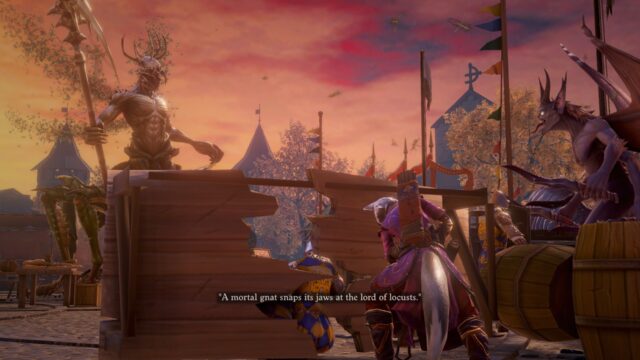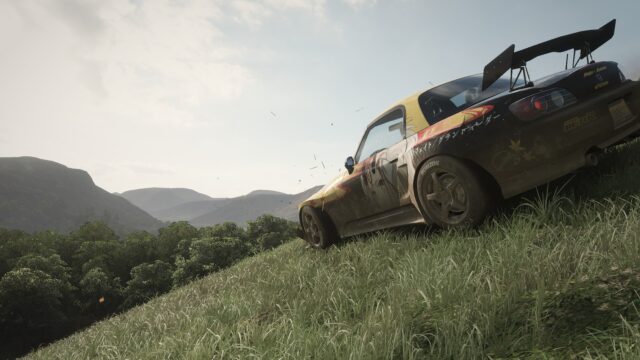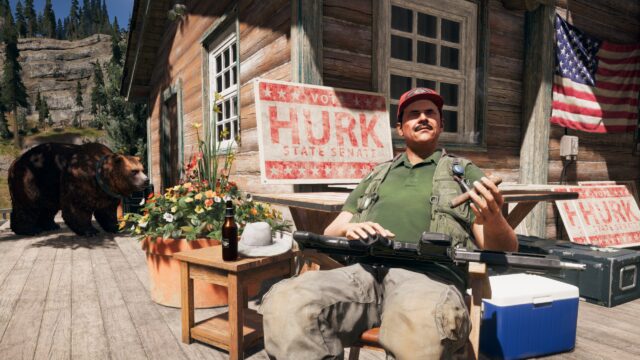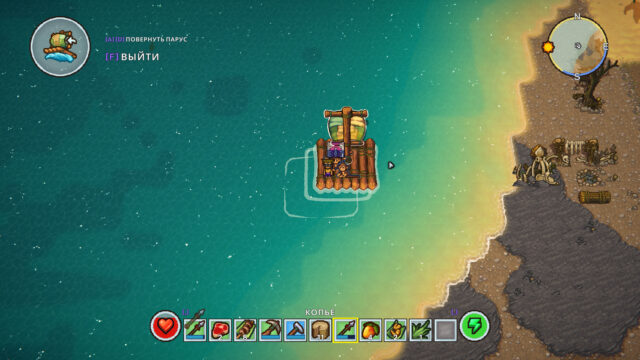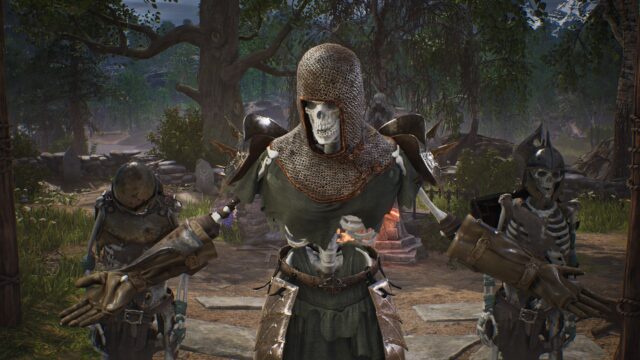First Impressions of the Starbound Beta Version
The developers fed us promises, teasers, and other previews for almost a whole year, and… still, the space sandbox game called Starbound is not ready for a full release. But it has become a trend nowadays to buy games even during the beta testing stage, and the successor to Terraria looked too tempting to pass by.
Oh, and actually, I bought myself a key on the first day of pre-order sales, and since then, not only did I not “pass by,” but I counted the days until any kind of release, even just a demo. On December 4th, I finally got what I was waiting for – the beta release of the whole game client. Despite missing many promised features, and the question of whether to install an unfinished game or not, didn’t even arise.

Starbound is, as can be understood from the paragraphs above, a “Terraria in space”. It is a two-dimensional sandbox with randomly generated planets (although I can’t guarantee this point right now), several intelligent universal races with their own quests, cities, dungeons, construction of bases, settlements, and entire kingdoms, monster-pokemons, and hostile space penguin-militarists.
If before we had one average Middle-earth, now we have a whole distant galaxy with ten sectors of different degrees of hardcoreness. To fully explore every corner of each solar system, you would probably need to spend several thousand hours, if not more. In other words, until you get bored, you can dig, dig, and dig.
In the past year, the Chucklefish development team has promised to fill Starbound with so much stuff that listing the full list here is now an empty and useless task. It’s easier to see what already exists and what is still missing.

First impressions? The game seems to start off slowly. At least, if you try to fully explore the first planet, like you would with maps in Terraria. A huge galaxy appears in Starbound right away, but along with contemplating constellations on the map comes the realization that each individual planet is not that interesting.
Initially, the game planned to have a hundred different “difficulty levels” for planets, but with the first major patch, this system was scrapped. Only ten levels remained, and it seems better that way. Previously, if you flew from a second-level planet to a sixth-level planet, almost nothing changed. Well, there were new unique planetary locations, but rare ores, various swords and axes, and the overall intensity of the game remained stagnant.
In other words, there is little benefit from fully excavating all the perks from each stone. Each planet has approximately one unique surface location and another one buried somewhere beneath it. It becomes a habit – you don’t want to miss a single pixel or any useful resources. The longer you indulge in this habit, the more boring and tedious Starbound becomes. In reality, you can and should jump from system to system without spending too much time in one place.

Having developed the correct model of behavior in the galaxy, we can already derive real pleasure from gameplay. Starbound is truly full of all kinds of random ruins, prisons, dungeons, cities, and so on, and you notice it immediately as soon as you start actively exploring. For now, my personal favorite is the castle of the Glitch race, sentient robots, with a worthy application of recreating the human Middle Ages in their everyday life. With stone fortresses, thrones, and knights on horses. It seems that they even have moats dug around these very castles. In short, a sandbox explorer’s blue dream.
It is difficult to build a lot with such a mess, and overall, I don’t want to. The Starbound interface thoughtfully includes a function to mark the “home planet” on the map, where you can even create a whole Coruscant, but for the first thirty hours, I still want to explore all the available moons.

In general: there is plenty of content, but it is not well-structured yet. The chain of quests that guides the gamer is unfinished (meaning, it is practically non-existent, there is only a starting point, and that’s it). However, if you are a fan of open-world sandbox exploration games and love “Terraria,” you can confidently buy and play it now.
Beta rating – 8 out of 10.
Also, the code is not very stable yet, sometimes the client will crash. But the game saves very often, so you can’t lose anything critical from an SB failure.
Share
Discuss
More Reviews
